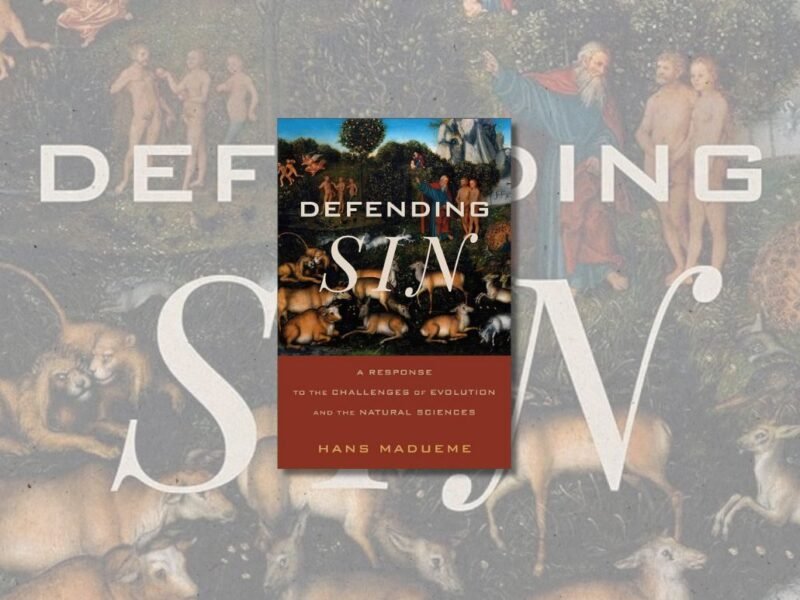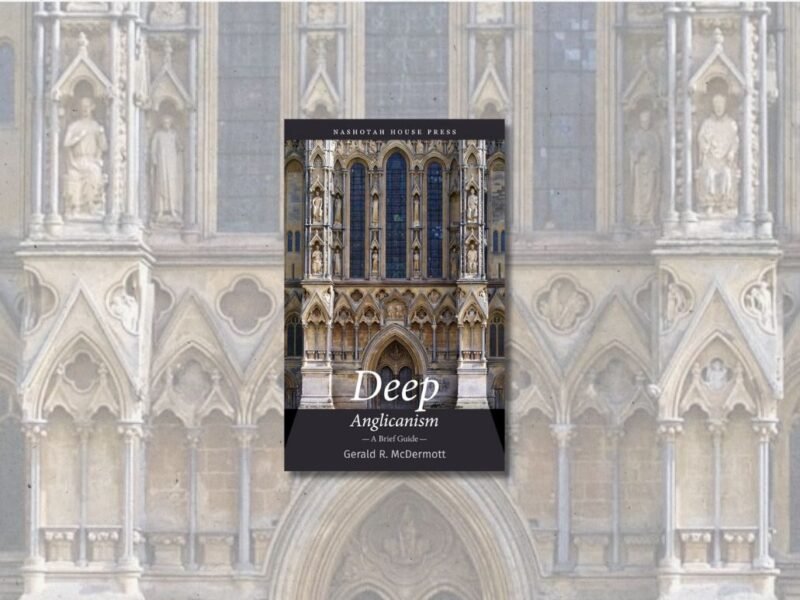The Ark, the Covenant, and the Poor Men’s Chest: Edmund Bonner and Nicholas Ridley on Church and Scripture in Mid-Tudor England. By Mark A. Newcomb. South Bend, IN: St. Augustine’s Press, 2020. 288 pp. $26 (paper).
“In recent decades, the idea of a direct connection between Erasmian Humanism and Protestantism has been historiographically discounted” (xv), says Mark Newcomb. Against this trend, Newcomb “seeks to show that for many sixteenth-century Humanists, if their earliest or most substantial introduction to Humanism was via Erasmus, the step from there to Protestantism was often much shorter than for students of Italian humanism” (xvi). In making this argument, Newcomb presents as illustrative examples Nicholas Ridley, one of the chief figures of the English Reformation, and Edmund Bonner, an opponent of the English Reformation.
According to Newcomb, Humanism is “a movement focused on classical ideas about education and oratory, which dominated intellectual life in early modern Europe.” In the realm of exegesis, Humanism “is generally characterized by a marked historical consciousness and the use of philology for discovering the meaning of the text” (xvi–xvii, italics original).
More particularly, Erasmian Humanism is characterized by an inclination to “view the Old and New Testaments as fundamentally different in content” (70). In Newcomb’s words, “For Erasmus and his disciples in particular, there was to be no positive appraisal of the Old Testament patrimony for the Church” (68). Put differently, Erasmian Humanism attempts to “draw out as sharp a contrast as possible between Old and New Testament religious themes” (203).
While Italian Humanism is similar to Erasmian Humanism in its “pursuit of a single, historically contextualized meaning for individual scriptural texts” (74), it differs in that it “[tends] to read scripture inter-textually, praising God for his great deeds throughout salvation history as recounted in both the Old and New Testaments” (70), as exemplified in the work of John Colet (181–82). In this regard, Italian Humanism is in continuity with patristic and medieval exegesis (57–58).
Newcomb argues that Ridley and Bonner are representative of Erasmian Humanism and Italian Humanism, respectively—whereas Ridley drew a “deliberate contrast…between the Old and New Covenants in his writings, intentionally attempting to distance Christianity from the religion of Israel” (179), Bonner sought to “read scripture inter-textually, as a single, comprehensive narrative of the salvific and monumental acts of God recounted in two Testaments” (181).
In defending his ascription of these two strands of Humanism to Ridley and Bonner, Newcomb discusses some of their writings concerning the nature of the Eucharist and the relationship between Scripture and the church, among other topics. Examples include Ridley’s A Brief Declaration Of The Lord’s Supper and Comfortable Conferences (the latter co-authored with Hugh Latimer) and Bonner’s Homilies and Necessary and Profitable Doctrine.
Newcomb contends throughout that Ridley’s Erasmian Humanist hermeneutic is conducive to Protestant conclusions on these matters, while Bonner’s Italian Humanist exegesis lends itself to Roman Catholic positions. Furthermore, based on his reading of Ridley as an Erasmian Humanist, one of the conclusions Newcomb draws is that “the early English Protestant effort to divine the proper form of the Church from the pages of scripture was highly problematic, both hermeneutically and practically” (289). (Incidentally, Newcomb is a Roman Catholic.)
I will leave aside Newcomb’s continual efforts to discredit ideas such as sola scriptura and Christ’s spiritual presence in the Eucharist, as this is not the place to re-litigate the Reformation. Nor will I comment on his assessment of Erasmus, Colet, or Bonner. Instead, I will limit myself to a few remarks about Newcomb’s characterization of Ridley.
Newcomb repeatedly states that because “Ridley’s writings are simply not characterized by typological interpenetration between the Old and New Testaments” (115), this strongly suggests he was an Erasmian Humanist. However, this theory is difficult to reconcile with the existence of Articles VI and XIX in the Forty-two Articles of 1552 (these were later revised and combined to form Article VII of the Thirty-nine Articles). Article VI states that “the old Testament is not to be put away, as though it were contrary to the new, but to be kept still,” while Article XIX holds that the Old Testament Law does not “bind…Christian men, as concerning the ceremonies and rites of the same” (Edward Harold Browne, An Exposition of the Thirty-Nine Articles of Religion, 193).
The Forty-two Articles were largely the work of Thomas Cranmer, but it is “very probable” that this work was done “with the assistance…of Bishop Ridley” (Gloucester Ridley, Ridley’s Life, 343, quoted in Browne, 12n2). As Newcomb himself maintains, Ridley “played so great a role in shaping the Edwardine church, both directly through his own labors, and indirectly through his decisive influence on Cranmer” (5) that “it would be hard to overestimate Ridley’s importance for the English Reformed tradition” (9). Thus, while Ridley was not primarily responsible for the Forty-two Articles, it is safe to assume he affirmed them.
Newcomb’s argument that Ridley was an Erasmian Humanist rests in large part on his contention that Ridley “either remains silent about or eschews Old Testament analogues and ‘types’” (116) in his exegesis. But one of the chief works Newcomb puts forth as evidence for this claim is Ridley’s Brief Declaration Of The Lord’s Supper, which is about a Christian sacrament or rite. Given that Article XIX expressly identifies discontinuity between the Old Covenant and the New concerning the former’s “rites,” should it surprise us that Ridley might draw attention to that discontinuity, especially if his opponents are inclined to overemphasize the continuity between them? And given that Article VI so clearly affirms the continuity between the New Testament and the Old, is it not possible that Newcomb’s observations tell us more about Ridley’s treatment of the sacraments in particular than they do about his general hermeneutic?
Ultimately, we cannot know for sure why Ridley chose not to explore Old Testament types and parallels in his writings on the Eucharist. But to conclude from the absence of such discussion, as observed in his writings on this particular topic, that Ridley actively pitted the New Testament against the Old as a general exegetical principle is an argument from silence, and a weak one in light of Articles VI and XIX.
Regarding the broader English Reformation, Newcomb suggests that “English Protestants other than Ridley believed the work of the Gospel called for purging Christianity of Old Testament ritual references.” Considering how narrowly focused the book is on Ridley and Bonner, however, this is mostly speculation on Newcomb’s part. As he puts it, “Much more study needs to be devoted to this topic” (288). Moreover, what I have said about Articles VI and XIX would apply to other English Reformers as well.
Readers are free to study Newcomb’s work and judge for themselves. The book will at least be of interest to those who wish to learn more about the lives of Ridley and Bonner, although whether readers will agree with Newcomb’s evaluation of them is another matter entirely. For my part, I would say Newcomb’s case for branding Ridley—and by extension the English Reformation—as semi-Marcionite is less than compelling.






'Book Review: The Ark, the Covenant, and the Poor Men’s Chest' has 1 comment
October 7, 2020 @ 5:59 pm Mark Newcomb
Dear Mr. Clark,
Thank you so much for taking the time to read my book and to engage with some of the information and arguments contained in it. I am grateful to you for the time and energy you devoted to a review of the text. I am hoping that it will shed new light on the careers of both Ridley and Bonner. In Ridley’s case, he had altars removed from the churches of his sees and destroyed, both at Rochester and in London, arguing in part that the sacrifices of the Law must cease (see, e.g. p. 179ff.). My aim is to speak not from silence, but rather into it, so as to provide some context for such actions and statements on Ridley’s part. As noted in the chapter devoted to his approach to biblical interpretation (especially “Exegesis and the Eschaton,” pp. 124ff.), the text highlights Ridley’s impressive knowledge and unstinting esteem of Old Testament prophetical writings in particular. There is no assertion that Ridley and his confreres are semi-Marcionites. I am grateful for your thoughtful reflections on these points. I am sending graces your way, through prayer, for your ongoing theological studies.
With many thanks,
Mark Newcomb